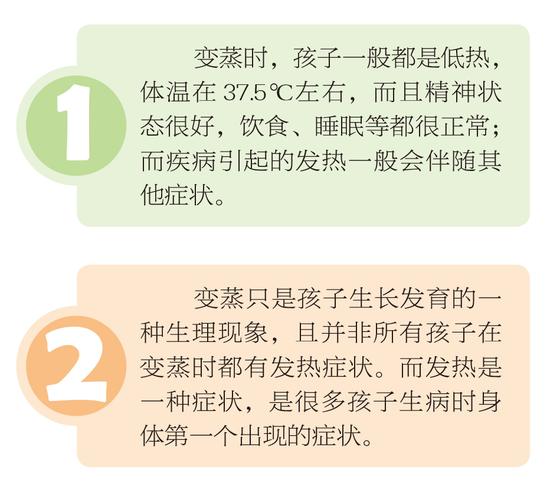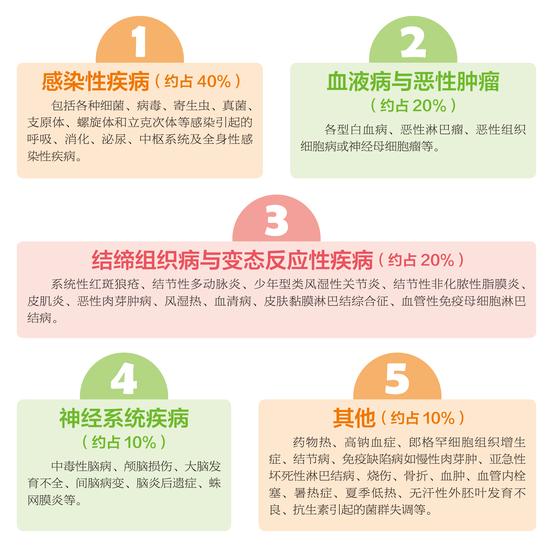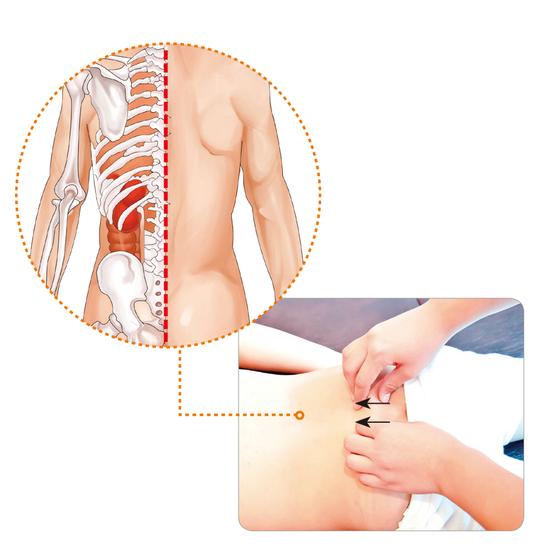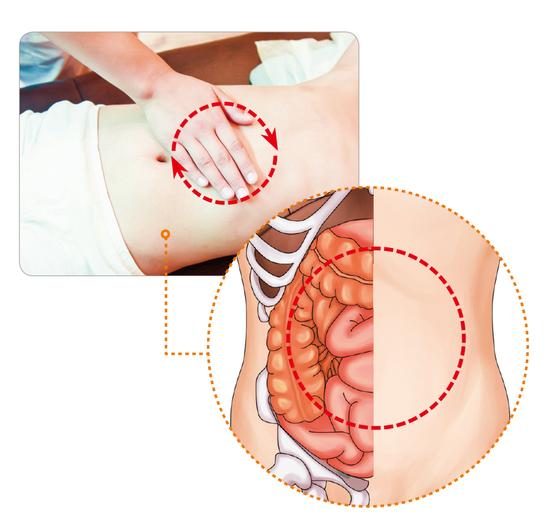(a) Variable evaporation heat which is a normal phenomenon
Change steaming is also called children change steaming, which generally means that the baby may have body heat, pulse disorder, sweating and other symptoms during the growth process, but the body is not seriously ill. The theory of changing steam is a theory used by ancient Chinese doctors to explain the laws of children's growth and development, and explain the physiological phenomena during the growth and development of infants. Children grow and develop vigorously, and their body and mind are constantly changing and prospering, so it is called "changing steam".
"Changing steam" without other symptoms
"Change steaming" is generally just a fever, not accompanied by other diseases. "Change steaming" is explained in popular language, which is the fever in the process of children's growth and development. According to the classics of Chinese medicine, such as the Pulse Channel and the Etiology of Various Diseases, the change of steaming is a normal growth process of children, just like the long bamboo knots. Generally, newborns are steamed every 64 days, and 128 days after the age of one. Each time there will be a fever period of 5 days, which is not harmful to health. In the growth and development stage of children, they often have a fever but have a good spirit. Some parents may mistake it for a cold. In fact, it may be a change of steam.
Difference between "variable steaming" and heating
There is a clear difference between the fever caused by steam change and disease.
meet professor
Is heat type and heat duration helpful for diagnosis and treatment?
The heating has different heat patterns and heat paths. The difference between the daily temperatures is no more than 1 ℃, which is referred to as the heat retention. The difference between the daily temperatures is more than 1 ℃, which is referred to as the relaxation heat. The heating once every 2-3 days is referred to as the intermittent heat. The irregular heat is the irregular heat; Acute short-term fever occurs if the heat duration is less than 2 weeks, and long-term fever occurs if the heat duration is more than 2 weeks. The heat type heat path has reference value for diagnosis and treatment, but in recent years, due to the wide application of various antibiotics and hormones, the help of heat type for diagnosis is not as important as in the past.
(b) Five common causes of fever in children
In addition to steaming, infantile fever can be divided into the following five categories in terms of etiology, with the first category of infectious diseases being the most common.
(c) See if there is a rash. The rash will disappear when the fever subsides
There is a disease with this feature, which is roseola. It is called infantile rash in medicine: "the rash subsides, the fever rises, and the disease recovers".
There was a child who was just one year old and had a fever of about 38 ℃. His mental condition was OK. He could cry, laugh, and eat. His face was red. In addition to fever, no runny nose, cough, and other symptoms were found. Two or three days later, a rash suddenly appeared. The rash was light yellow and could fade when pressed with his hands. After the rash, the child's temperature slowly dropped. As soon as the rash subsides, the heat will also subside. The rash will subside in three or four days, without any trace, and the course of the disease will end.
At the beginning of the fever, the parents were very worried, but they could observe, especially the children around 1 year old, to see if they had rash. Children's rash is a common disease. There is no scar or complication after the eruption. Parents need not worry too much.
(d) Do you wear too much and drink too little water
Adults are always afraid that the baby will catch cold, so they dress him a lot, and dress more after the fever. Wearing too much and drinking too little can easily cause fever, especially in summer. This fever is called functional fever.
Children's metabolism is stronger than that of adults. In addition, they eat more protein food and produce more heat, which can be dissipated through skin heat dissipation. The main way of heat dissipation is sweating. If the water supply is insufficient and the sweating is relatively small, the heat generated from the body cannot be brought out, which will lead to fever and even high fever. Therefore, children must drink more water, especially in summer. Children who can walk and jump have a standard to wear clothes that is one less than adults.
(e) Vaccination can also cause fever
After children are vaccinated with some vaccines, such as diphtheria, pertussis, tetanus and other vaccines, there will be some reactions. Fever is a common reaction, which is mostly low fever, 37.5~38 ℃.
Criteria for prioritization
The criterion for distinguishing priorities is that most of the fever after general vaccination will subside within 72 hours. If you still have fever for more than 72 hours, you may not be able to explain it with a simple vaccination reaction. You must seek medical advice immediately.
At the same time, parents should be reminded that it is more important to postpone the time of vaccination when children have colds or gastrointestinal diseases.
Simple treatment of low and moderate fever
Of course, most children's fever after vaccination is low to moderate. What if it exceeds 38.5 ℃? Simple antipyretic drugs can be given appropriately, and other anti cold drugs need not be taken. For low fever, you don't need to take medicine, just drink more water.
(f) Don't underestimate the accumulation of food due to spleen deficiency. The "root cause of all diseases" is not exaggerated
Improper diet and weakness of the spleen and stomach lead to food accumulation in the stomach and intestines. The fever caused by inability to digest and ferment in the stomach and intestines is most common in infants. This kind of fever is hot in the palms of the extremities, not cold in the extremities of a cold. The fever will subside and heal after digestion.
Chiropractic: improve food accumulation
Precise positioning: in the middle of the back, the whole spine is in a straight line from Dazhui to Changqiang.
Massage method: lift and pinch the child's spine 1.5 inches from bottom to top for 3 to 5 times, and lift it up every three times.
Principle of acupoint selection: chiropractic can promote children's digestion of the spleen and stomach, and avoid fever caused by gastrointestinal food accumulation.
Abdomen rubbing: invigorating spleen and promoting transportation
Precise positioning: on the front midline, at the midpoint of the connection between the two nipples.
Massage method: The parents shall massage the child's abdomen clockwise with the middle three fingers of the right hand for 3 minutes.
Principle of acupoint selection: TCM believes that the abdomen is the source of qi and blood biochemistry. Although the method of rubbing the abdomen works locally, it can strengthen the spleen and help the movement to achieve the effect of strengthening the vitality, which is beneficial to the overall health care.
——This article is excerpted from the book "Baby Does Not Cough and Breathes Well" authorized by China Light Industry Press







